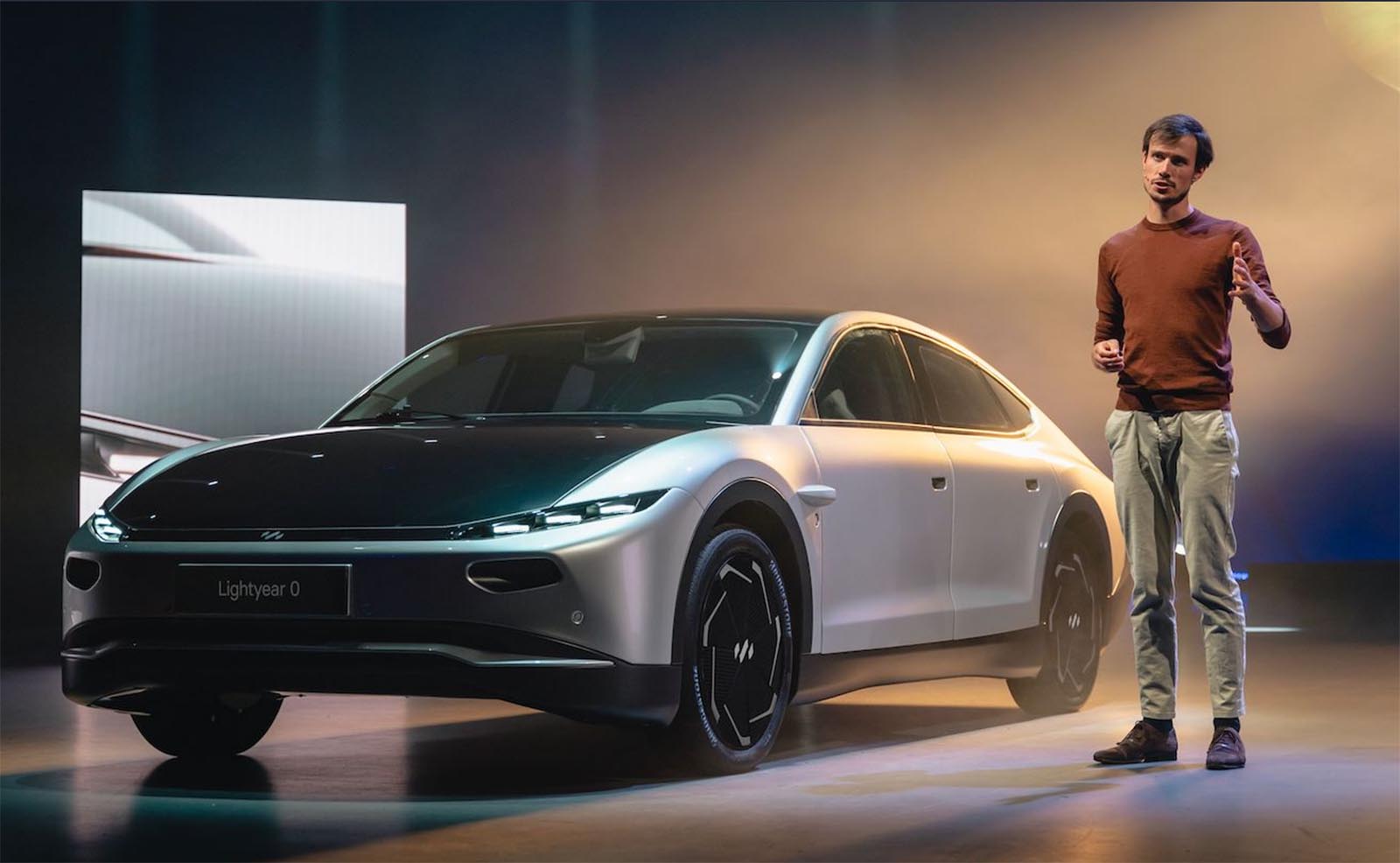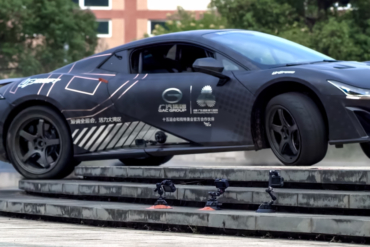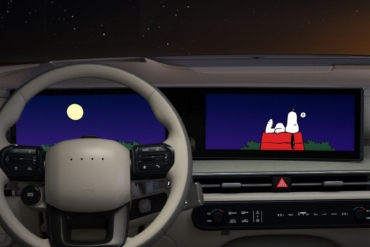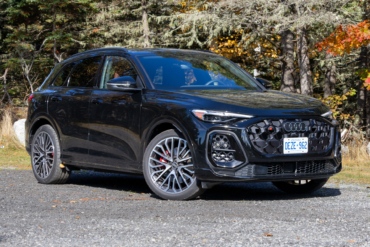While battery-electric vehicles may be more environmentally friendly than conventional gas-powered models, making them truly “green” requires the use of renewable energy.
Some new models could go to extremes, cutting out the middle man, so to speak, by charging directly from the sun — even as they’re rolling down the road. To log 1,000 km — or more than 600 miles — on a single charge, Mercedes-Benz engineers had to fine-tune every detail as they developed the Vision EQXX concept vehicle.
That meant an extremely aerodynamic body, a hyper-efficient drivetrain, and special, low-rolling resistance tires. They also got a helping hand from the sun.
A solar array covering most of the prototype’s upper surfaces produced more than a kilowatt of energy during a drive from Stuttgart, Germany, to the Mediterranean coast of France, adding enough extra energy for the Vision EQXX to set a record for the longest-ever run by a battery-electric vehicle on a single charge.

While there are no plans to build the EQXX, many of the concepts and technologies developed for the prototype will work their way into future production vehicles, said lead engineer Julien Pillas. And that’s likely to include the solar cell array.
But there, Mercedes will actually be chasing some of its competitors. A handful of manufacturers, including Mazda, have used solar cells on conventional vehicles over the past decade or so. This occurs most often to trickle charge their 12-volt batteries or to run fans to keep a cabin cool on hot summer days.
Now, a number of new battery-electric vehicles are set to come to market using solar power to add to their range — some promising to add as much as 50 miles per day of free energy.
This Lightyear Is Generating a Real Buzz

The Lightyear 0 could be the first of these new products if this Dutch startup meets its latest production target. Based on its original Lightyear One concept, the 0 — as in “Zero” — is a midsize sedan with a highly aero-efficient body and an all-electric drivetrain.
The automaker has done everything possible to deliver what is promised to be as much as 600 miles of range per charge. Among other things, side skirts cover the rear wheel wells supposedly contributing 7 miles to that figure.
And Lightyear claims that the 54 square feet of solar cells covering much of the body will yield as much as 54 miles between charges.
The Lightyear 0 is all about efficiency. Unlike other range champs like the Lucid Air Dream Range model, which can hit 60 in barely 3 seconds, the Dutch BEV will need nearly 10 seconds. And getting free energy from the sun won’t be cheap, with the production model expected to cost somewhere around $265,000.
Aptera: Back From the Dead

Then there’s Aptera. It generated plenty of interest early in the new millennium with its distinctive, teardrop three-wheel design scoring big in the Auto X-Prize competition. But it ran out of money in 2011, before a production model could hit the road.
Original founders Chris Anthony and Steve Fambro have brought Aptera back from the dead, though their concept — newly renamed the Solar Electric Vehicle — has swapped out its small gas engine for an all-electric drivetrain.
Aptera claims buyers will be able to get anywhere from 200 to 1,000 miles per charge, depending on the size of the battery pack. And as many as 40 of those miles are expected to come from the sun.

The good news for potential buyers is that the Solar Electric Vehicle could start for as little as $25,000, according to Aptera, which hopes to get it into production in the next year or so – with a claimed 22,000 advance orders already in hand.
Fisker Ocean

Two other startups looking to tap the sun’s rays include Germany’s Sono and California-based Fisker. The latter manufacturer plans to debut its Ocean SUV later this year and claims it will feature the “world’s largest solar roof on an electric vehicle.”
As with a number of BEVs, the Ocean will be offered with multiple powertrains and battery packs, the largest offering an estimated 350 miles per charge. Founder Henrik Fisker has claimed it will get as much as 2,000 miles a year from its solar cells.
Sono’s Solar Focus

Sono Motors has a variety of different battery-electric vehicles in development — but the unifying factor is the use of solar cells to provide some of the power.

The compact Sion hatchback, expected to start at $28,700 when it launches in Europe next year, will have a range of 190 miles using a modest-sized 54-kilowatt-hour battery pack. As much as 150 miles per week will come from the 248 solar cells covering its body, the company promises.

Sono is also working on a variety of commercial vehicles, in May inking a deal with CHEREAU, a European manufacturer of refrigerated trailers that would power up from the sun to help keep their cargo cool.
Tesla Solar

And Tesla is toying with solar tech, too. It recently rolled out a trailer “show of concept” for the IdeenExpo in Germany covered with enough solar panels to provide 3 kilowatts of current a day, enough to provide perhaps 10 to 12 miles of additional range.
It would more likely be tapped into when parked, however, as a vehicle would lose more power towing it than the trailer could provide. Tesla has not indicated any plans to put the concept into production.
Is Solar on a Vehicle Worth It?
While onboard solar power could provide some benefits for battery-electric vehicles, there’s also the cost factor to consider. Large arrays could add thousands to the cost of a vehicle, according to industry experts. And the benefits, in terms of range, carry a big asterisk.
Parking in places where there’s little or no access to the sun — like an indoor garage — will limit the benefits of solar cells. And how many miles of range you can add will be influenced by where you live and drive.
Even in sunny Southern California, Fisker estimates the Ocean likely won’t get more than 1,500 miles of power annually, even though its solar roof could potentially manage 2,000 miles a year.
But with BEVs, range matters and, for some, anything that increases the time between charging is a plus, especially if it allows drawing “free” power from the sun.







